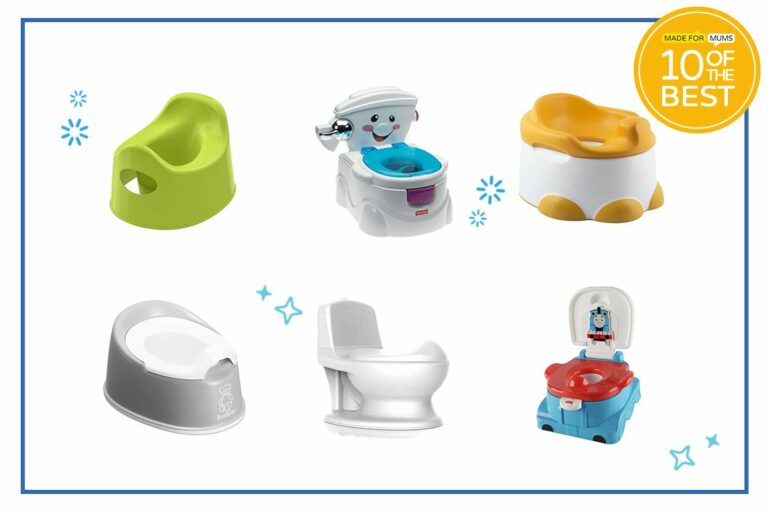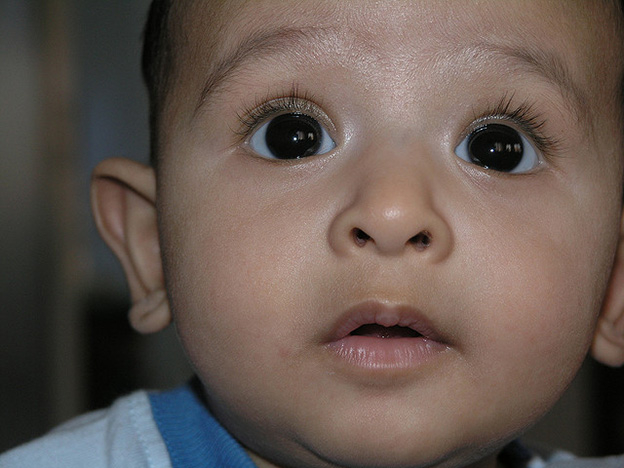How Do Two Girls Have A Baby: A Comprehensive Guide
When it comes to the topic of how two girls can have a baby, there is a lot of curiosity and interest surrounding the process. In this article, we will delve into the details of how this can be achieved, the various methods available, and the considerations that need to be taken into account. Whether you are a same-sex couple looking to start a family or simply curious about the possibilities, this article will provide you with all the information you need.
Knowledge
First and foremost, it’s important to understand that biologically, two women cannot conceive a child together naturally. However, with advancements in modern science and technology, there are several options available for same-sex female couples to have a baby.
One of the most common methods for two women to have a biological child is through in vitro fertilization (IVF). In this process, eggs are retrieved from one partner and fertilized with donor sperm in a laboratory. The resulting embryos are then transferred to the other partner’s uterus to carry the pregnancy to full term. IVF has a high success rate and has helped many same-sex female couples realize their dream of having a baby.
Reciprocal IVF is a variation of traditional IVF where one partner provides the eggs, which are then fertilized with donor sperm and transferred to the other partner’s uterus. This allows both partners to be physically involved in the conception and pregnancy process, making it a popular choice for many same-sex female couples.
Surrogacy is another option for two women to have a baby. In this arrangement, a surrogate mother carries the pregnancy on behalf of the intended parents. One partner can provide the egg, which is fertilized with donor sperm, and the resulting embryo is transferred to the surrogate’s uterus. Surrogacy can be a complex process, but it has allowed many same-sex female couples to fulfill their desire to have a child.
Conclusion
In conclusion, while two women cannot naturally conceive a child together, there are several options available for same-sex female couples to have a baby. Whether through IVF, reciprocal IVF, or surrogacy, modern science and technology have made it possible for same-sex couples to start a family and experience the joys of parenthood. The key strengths of these methods lie in their effectiveness and the ability for both partners to be involved in the process.
Ultimately, the decision to have a baby as a same-sex female couple is a deeply personal one and should be made based on what feels right for you and your partner. With the support of medical professionals and the advancements in reproductive technology, the dream of starting a family is within reach for many same-sex couples. It’s an exciting time for LGBTQ+ families, and the possibilities are endless.






